Which came first: Halo-Halo or Binignit?
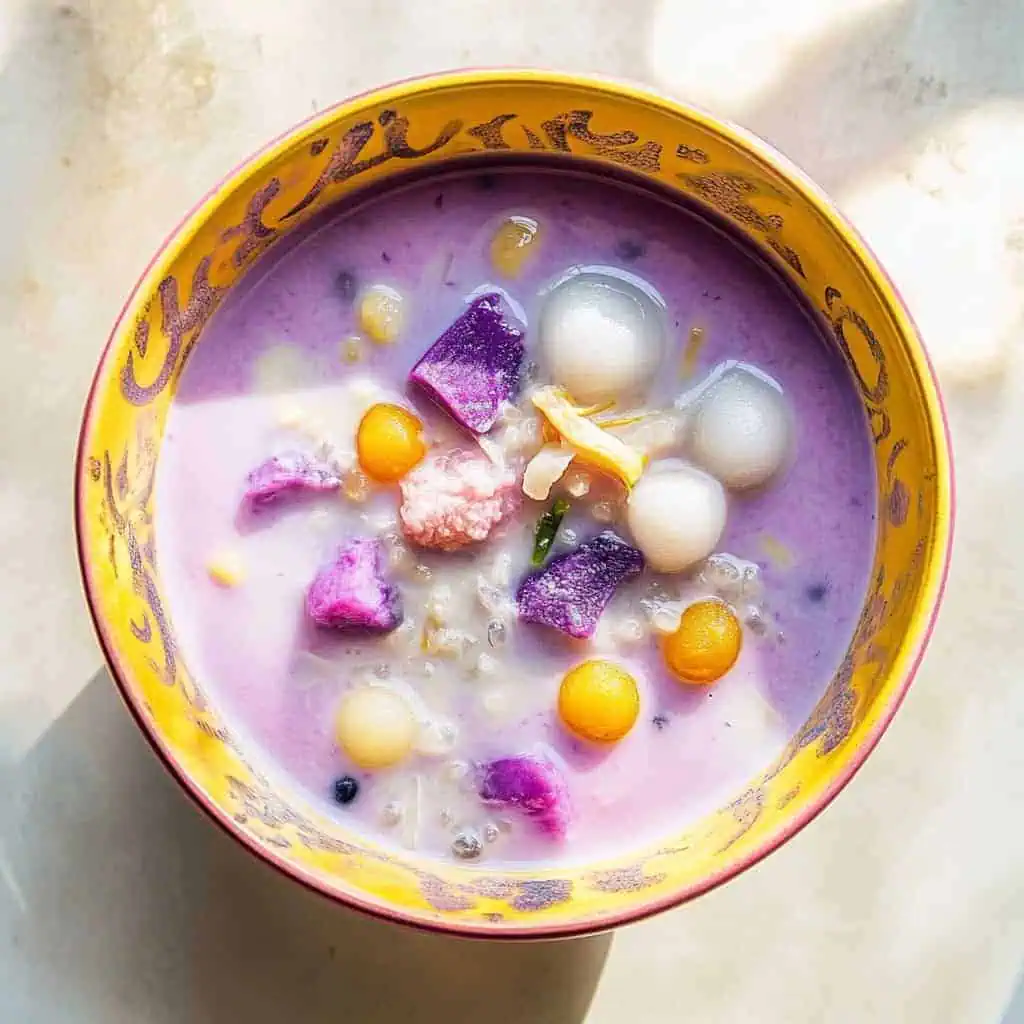
One of the pinoy desserts that we all know and love when the weather gets hot is Halo-Halo, but discussions have been made about its possible sibling, the binignit.
Halo-Halo: Summer MVP of Pinoy Desserts
Halo-Halo is a classic Filipino cold dessert that gives “mix-mix” a new meaning. It’s colorful display of ingredients capture the eyes on ongoing lookers and are often drawn to it because of the layers, full of sweetened fruits, nata de coco beans and other native delicacies placed on top of shaved ice that is drenched in evaporated milk with some even adding a scoop of ube ice cream and a slice of leche flan.
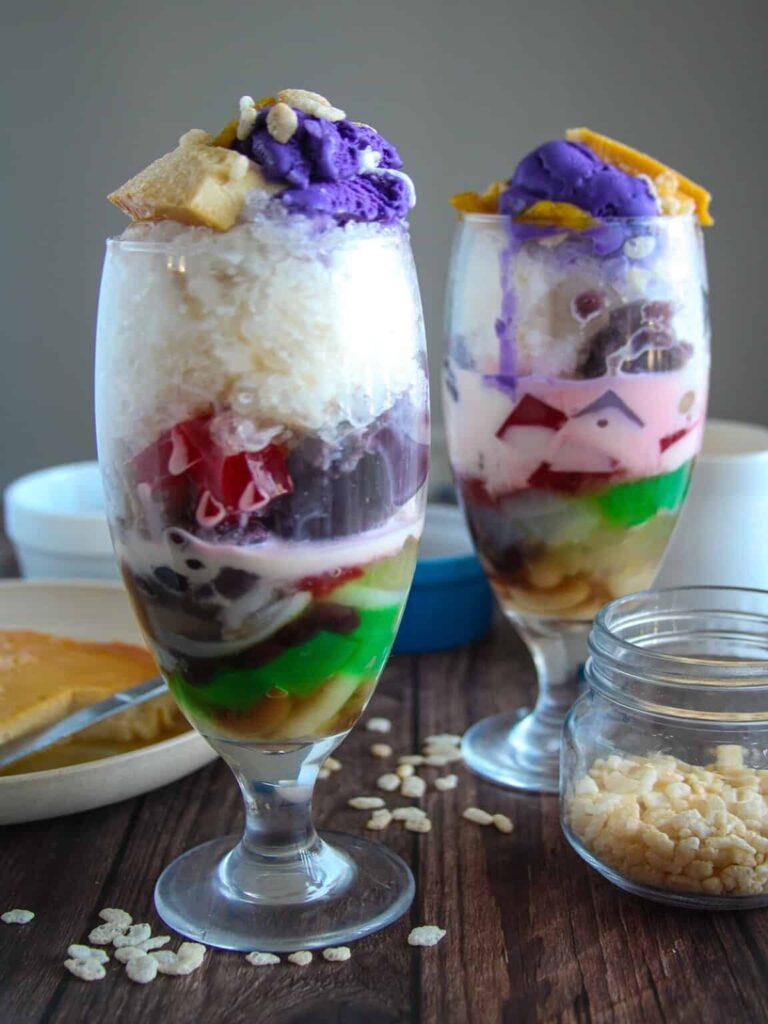
The common ingredients include sweetened saba bananas, red mung beans, garbanzos, nata de coco, sugar palm fruit, jackfruit, ube halaya, and some even add kaong. Mixing the dessert before eating it makes it appealing to some as usually, when food is served you only eat it right away, whereas Halo-Halo needs to be mixed before consuming. This dessert is particularly popular during hot days and is often served in tall glasses or bowls throughout the Philippines.
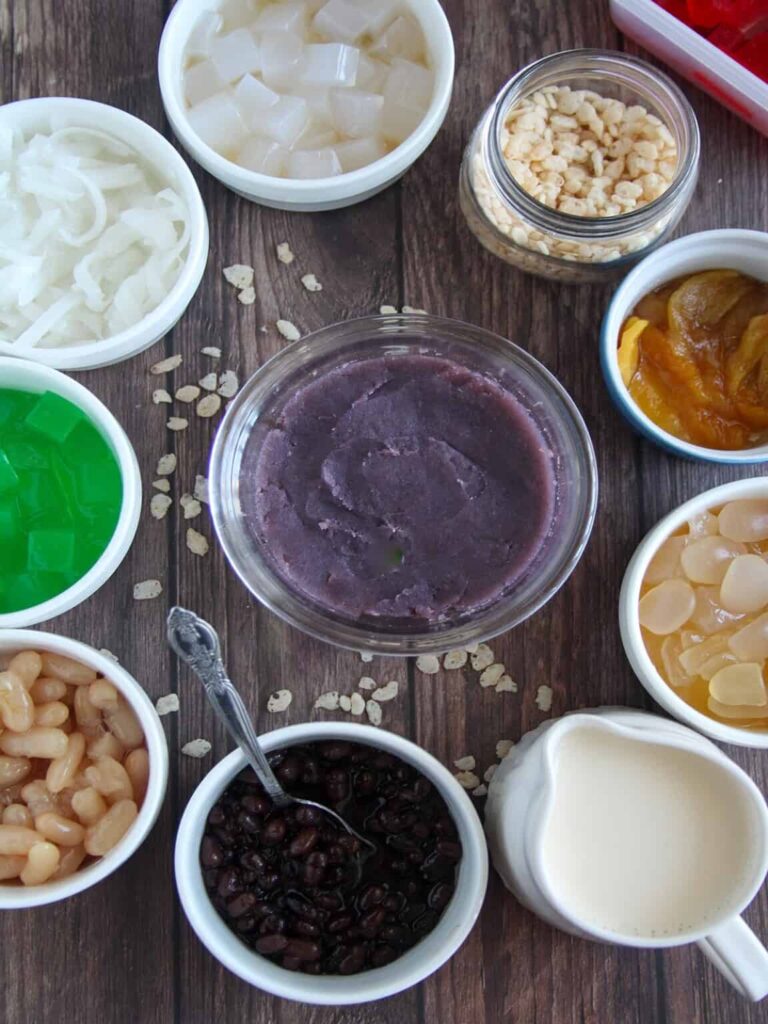
In the 20th century, Japanese migrants in the Philippines introduced a dessert called kakigori which is a shaved ice topped with sweetened beans and syrup. In Manila, this evolved into a much simpler treat known as mongo-ya or monggo con hielo, which is made with crushed ice, sweetened mung beans, and sometimes milk.
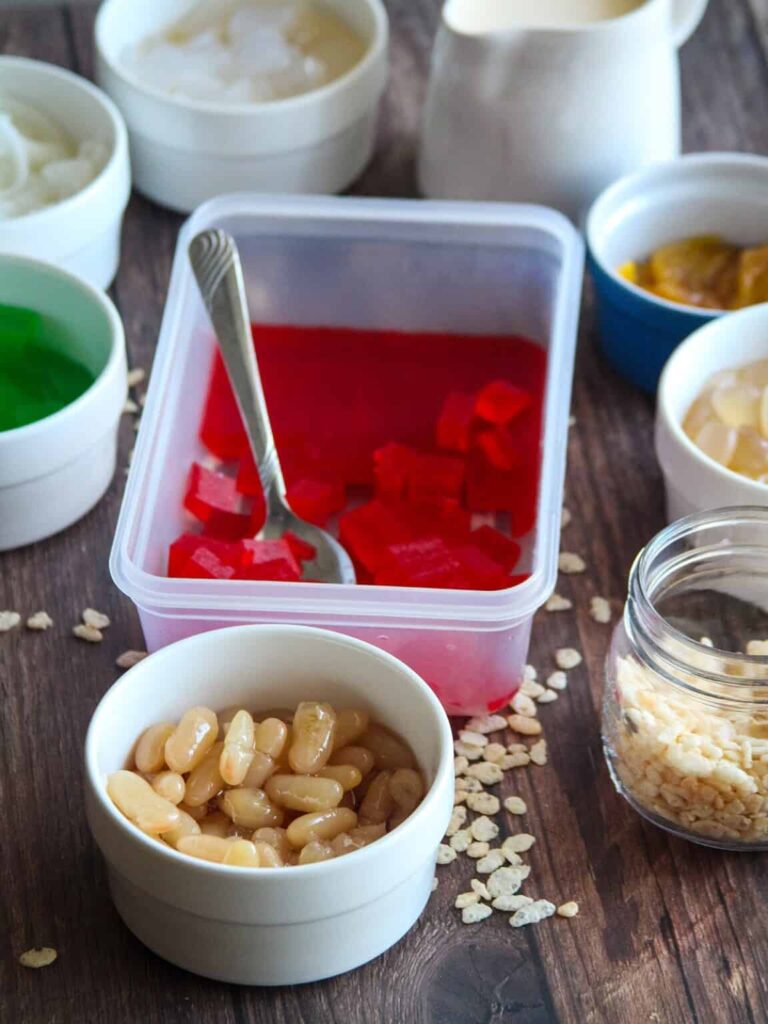
As ice became more accessible because of the Insular Ice Plant that was built by the Americans in 1902, Filipinos began adding local ingredients to the dessert such as saba bananas, ube halaya, leche flan, jackfruit, and nata de coco. As time passes, the simple dessert has transformed into the vibrant, multi-colored halo-halo that literally translates to “mix-mix”.
Binignit / Bilo-Bilo: Pinoy Comfort Food for Lent
Binignit is a sweet dessert or snack dish that is famous in the Visayan region. It is made with tubers like taro, sweet potato, or purple yam, saba banana, palm flour jelly balls, and glutinous rice or pilit in Visayan and malagkit in Tagalog, taht si all cooked in milk and cream.
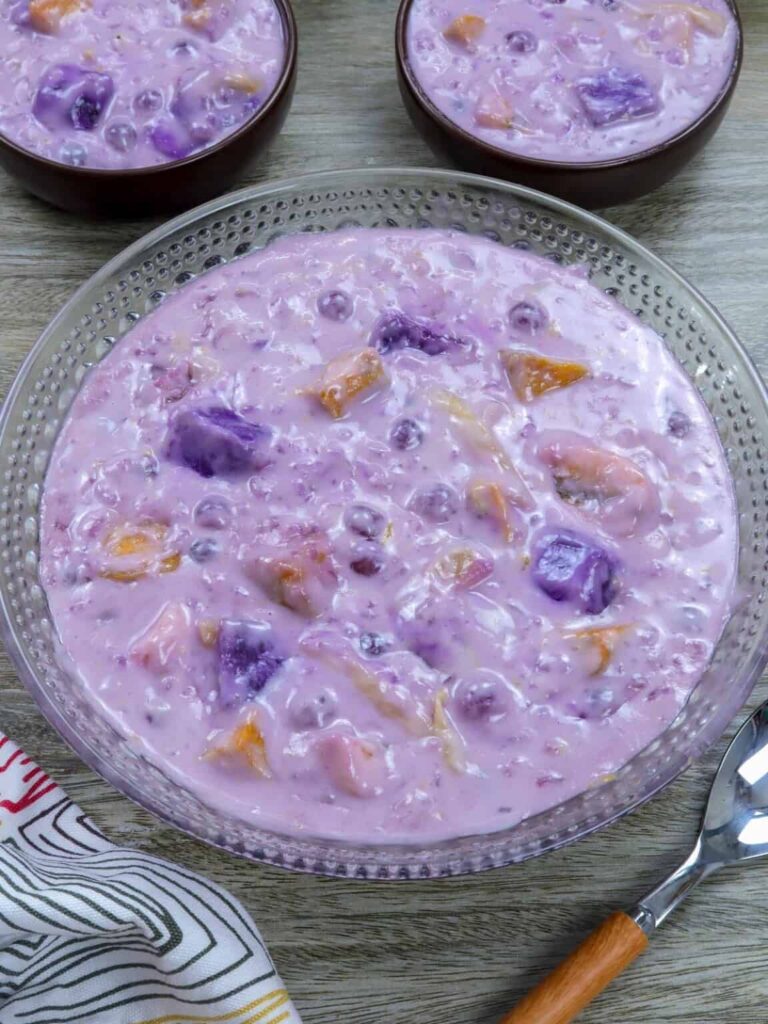
Its origin traces back to the Visayan Region of the Philippines, where it is a popular dish to make particularly during holy week. The dish is believed to have originated from the practices of early Filipino settlers who relied on simple and readily available ingredients to prepare meals during the Lenten season which is a time of fasting and abstinence from meat.
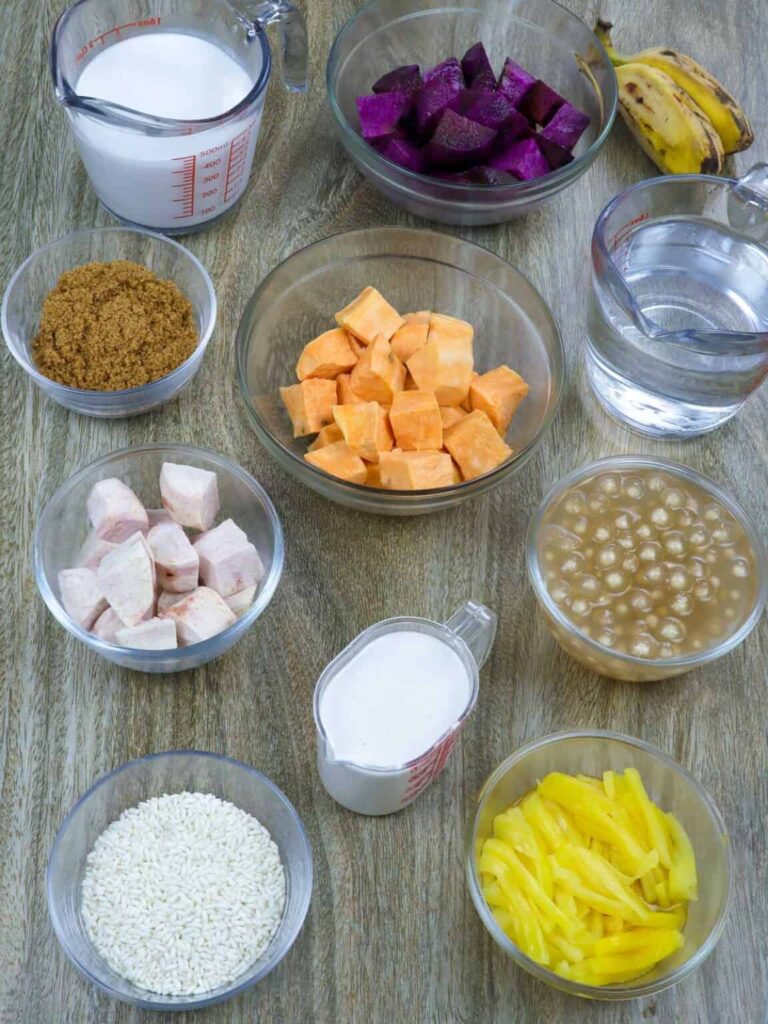
Binignit was made from what was on hand: root crops like kamote, gabi, ube, along with saba bananas, landang, and sago pearls that are all simmered in coconut milk and coconut sugar. The ingredients also hold great nutrients making the dish a very practical and symbolic season. After some time, the binignit had begun to evolve into a comfort food that connects generation. Its popularity does not rely only on the flavor, but in its cultural connection that speaks of faith, family, and what it means as a Filipino.
Halo-Halo vs Binignit
Both desserts have places in the hearts of every Filipino, and are very close to those who have had them especially from a special occasion of just having it with people close to their hearts. These desserts do not only have flavor to showcase the taste of local ingredients but are also connected to Filipinos by memory and connections.
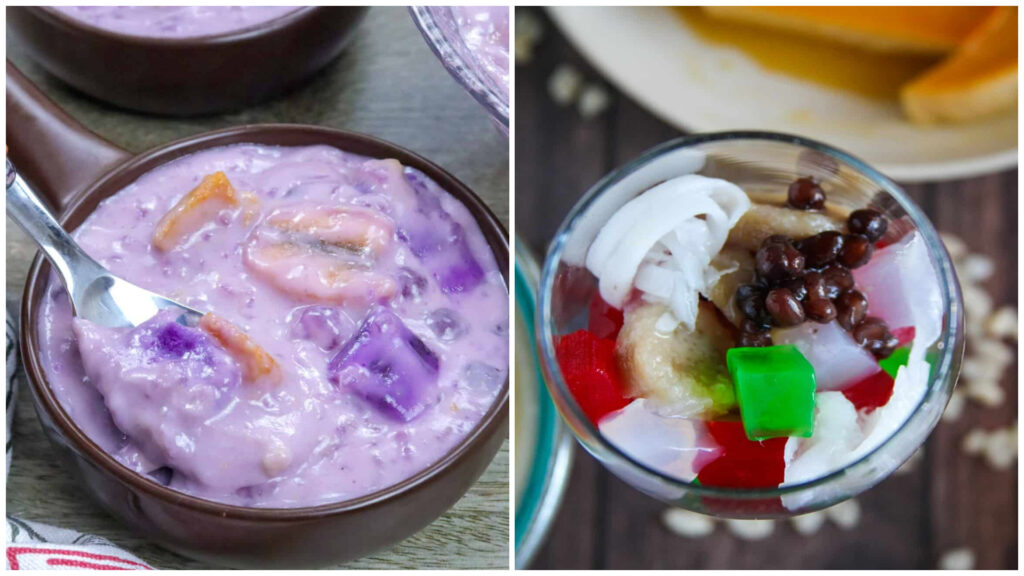
After reading the history and ingredients of both Filipino desserts. Do you think that Halo-Halo is just iced Binignit?


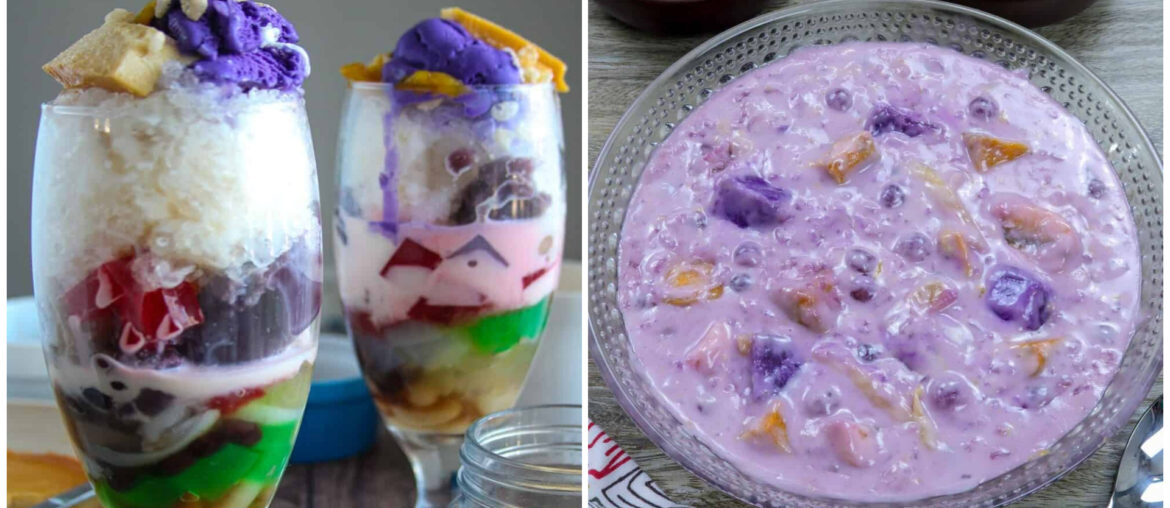
Comments are closed.